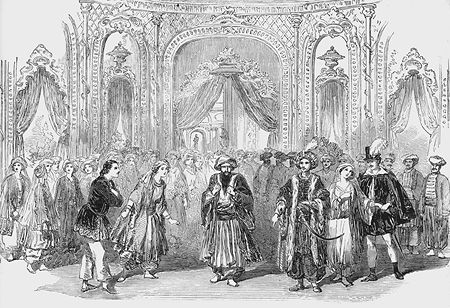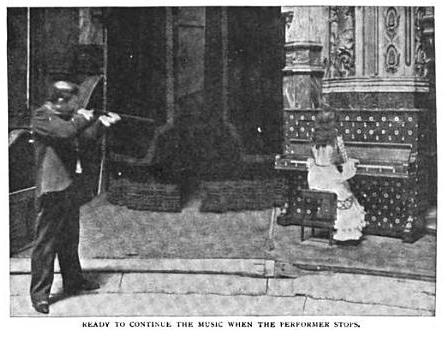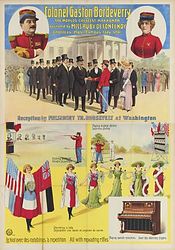
In the second quarter of the sixteenth century Nuremberg was the epicenter of the so-called German Josquin Renaissance; the music of Josquin des Prez and his contemporaries formed the core of the repertoire taught in schools, sung by amateur choral societies, and included in the published anthologies that served those markets. As a music theorist and rector of one of the city’s principal schools, Sebald Heyden was confronted, perhaps for the first time in Western music history, with urgent problems regarding historical performance practice.
Although the music was only 40 to 50 years old, its mensuration and proportion signs were already obsolete and no longer understood. Heyden approached the task of recovering their meanings from a historian’s perspective; by reading old treatises, studying old music in a local private collection, and analyzing his observations with abstract reasoning, he created a theory that enabled singers to produce what he believed to be authentic performances of music of the past. He read conflicting opinions on his topic, felt free to declare some authorities right and others wrong, and drew clear and consistent conclusions about problematic issues. His influence on later scholars was incalculable.
This according to “Sebald Heyden (1499–1561): The first historical musicologist?” by Ruth DeFord, an essay included in our recently published Music’s intellectual history.







